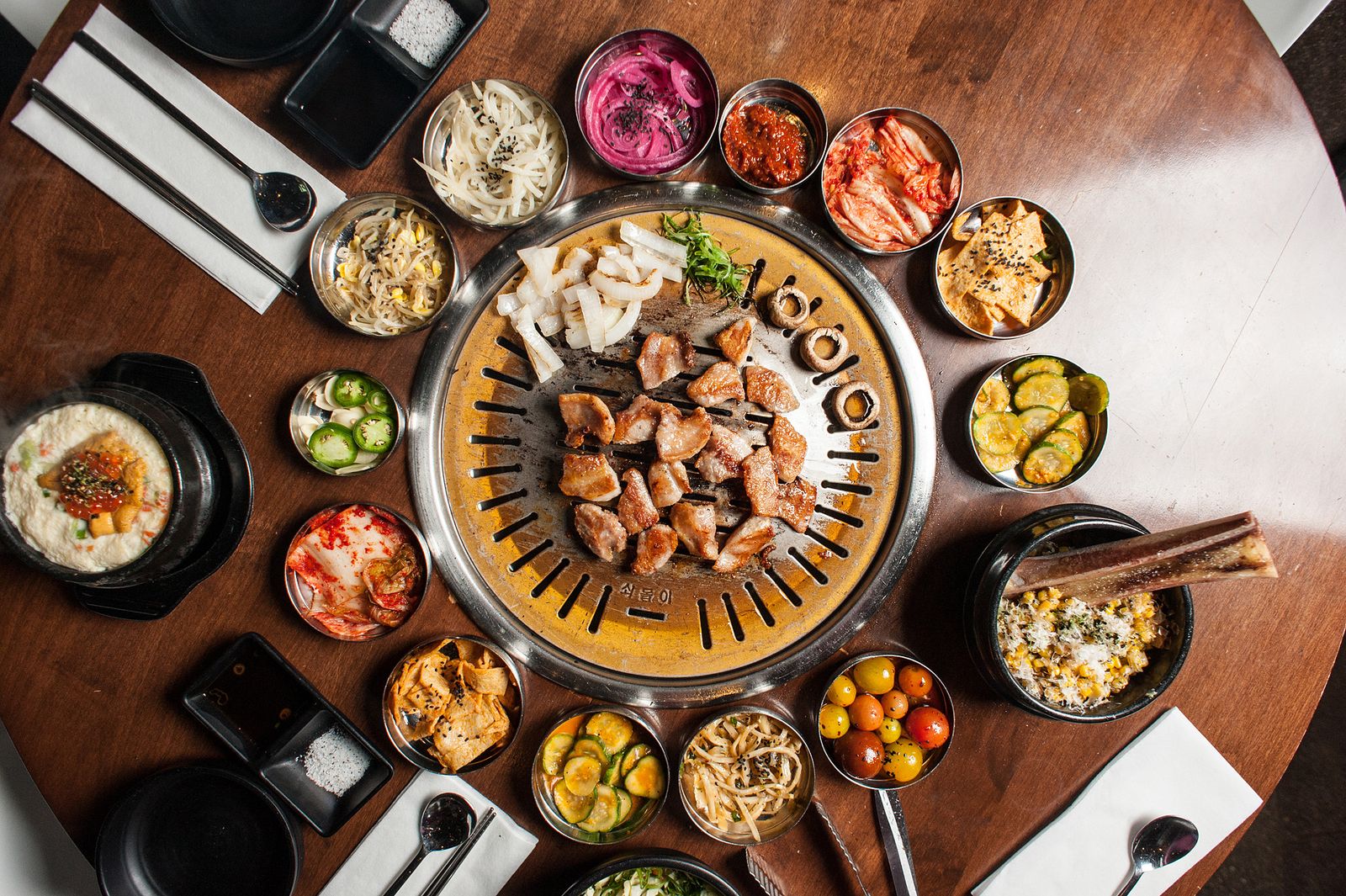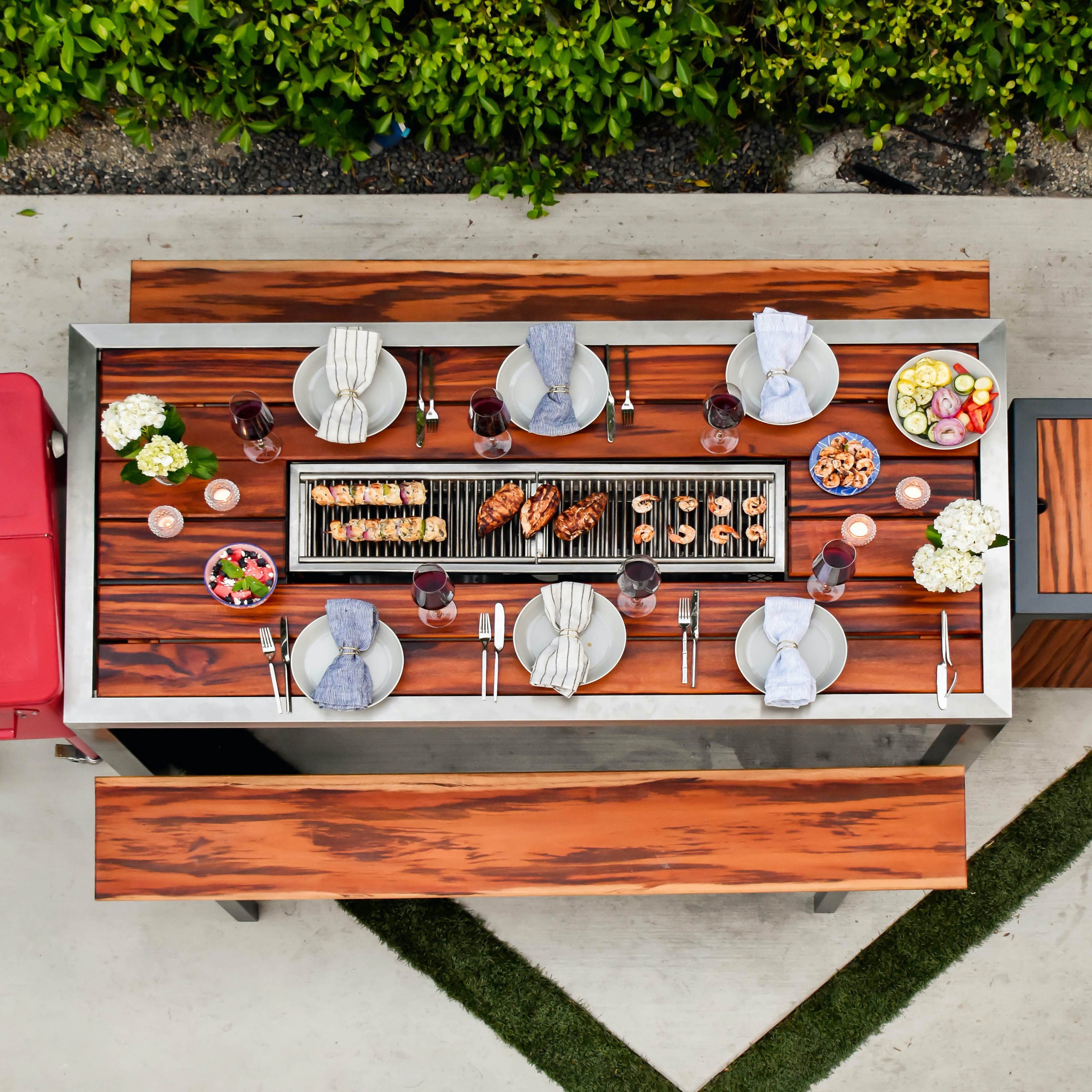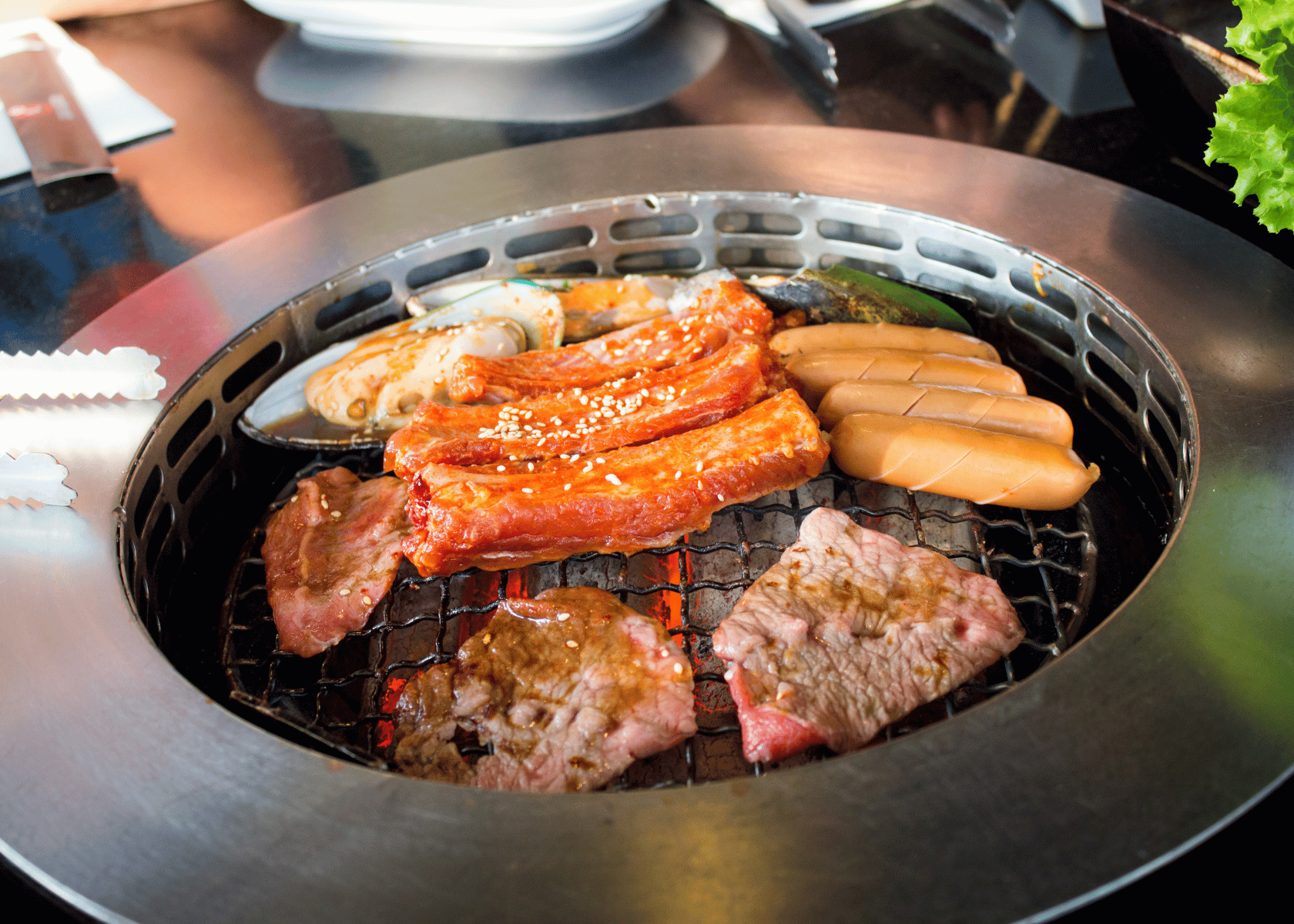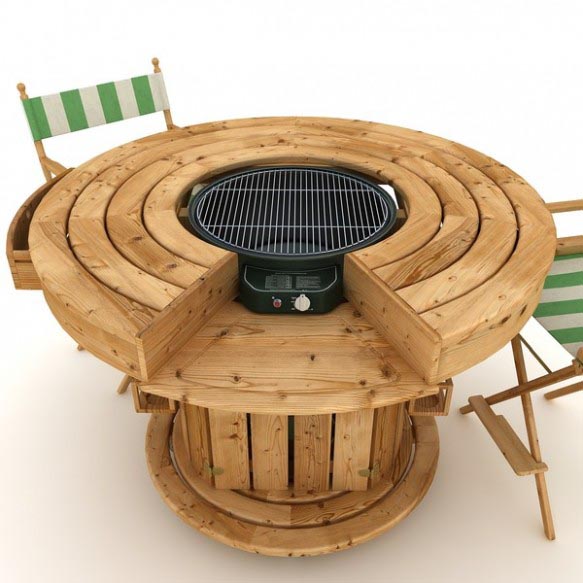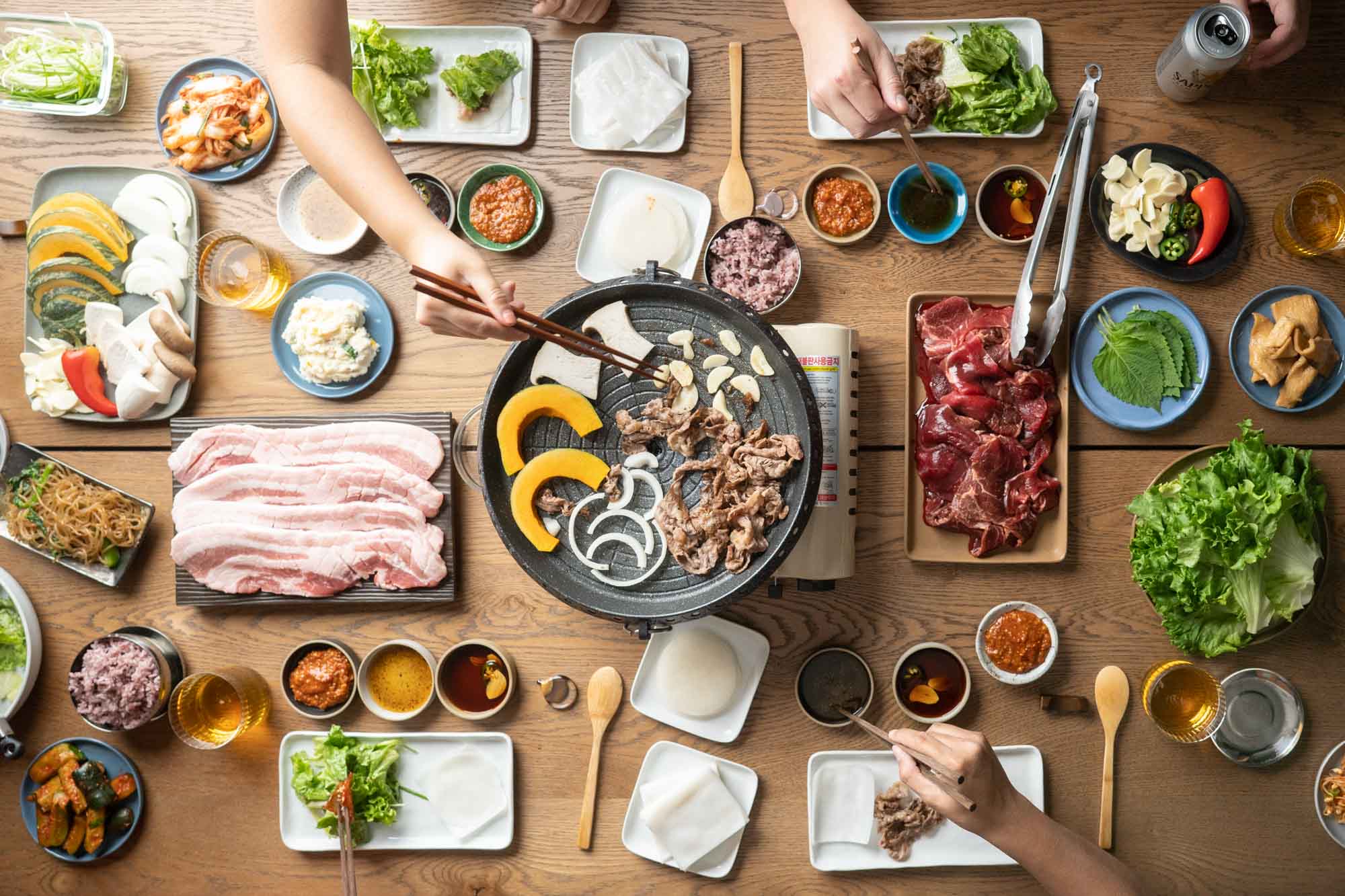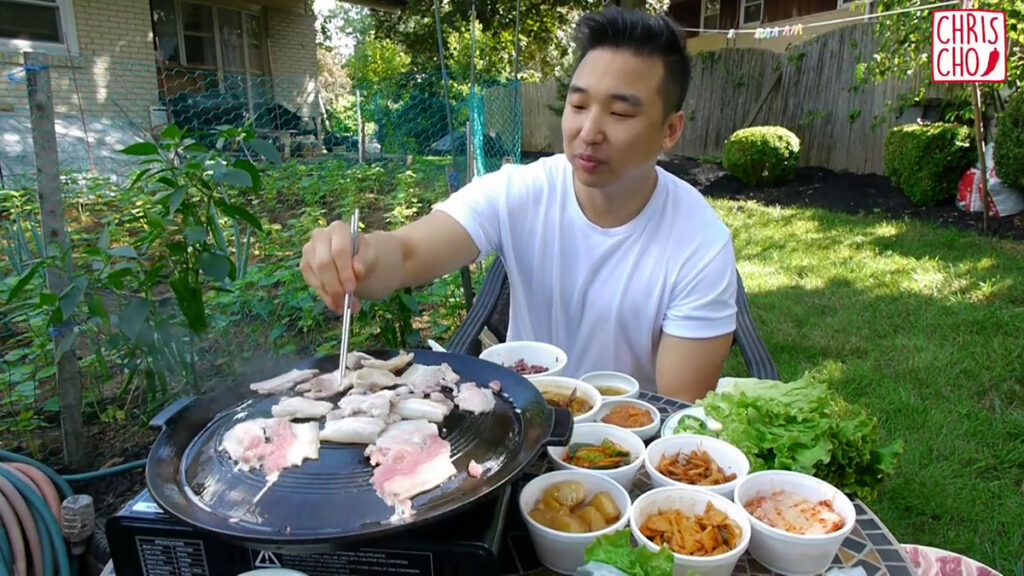Korean Bbq Grill Table For Home
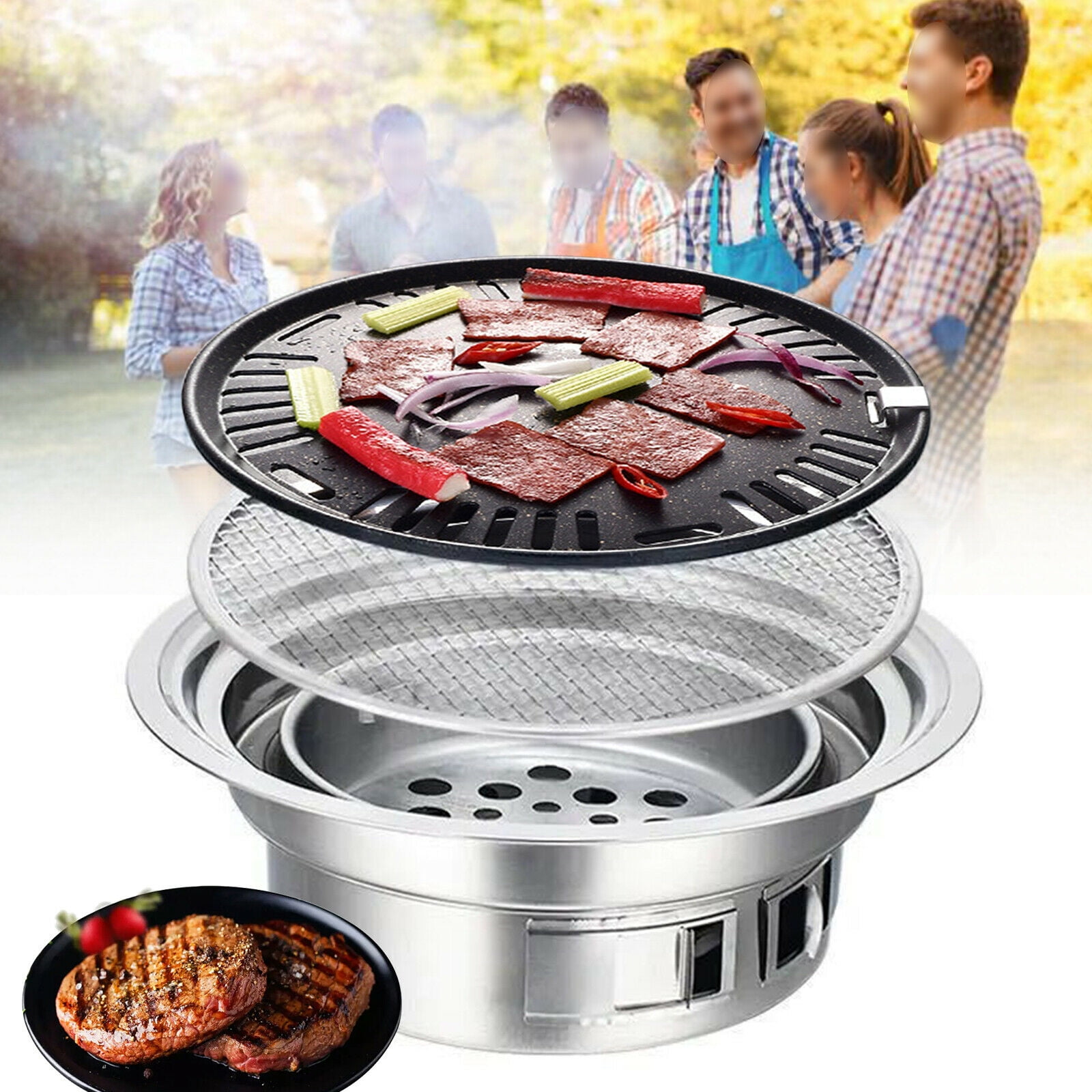
Korean BBQ at home is no longer a restaurant-only experience. Sales of Korean BBQ grill tables designed for home use are surging, sparking concerns about safety and proper ventilation.
These specialized tables, often featuring built-in grills and ventilation systems, promise a convenient and authentic dining experience, but experts are urging caution, citing potential fire hazards and indoor air quality issues. This article breaks down the essential information you need to know before bringing the K-BBQ experience into your living room.
Surge in Popularity and Market Overview
Online retailers like Amazon and eBay have reported a significant increase in searches and sales for "Korean BBQ grill table," "indoor BBQ grill," and related terms in the past six months. Data from Google Trends confirms a sustained rise in interest globally. Market analysis indicates a growing demand driven by the increasing popularity of Korean cuisine and a desire for at-home dining convenience.
A recent report by MarketWatch estimates the global indoor grill market will reach $3.1 billion by 2028, with Korean BBQ grills representing a significant portion of that growth. This projection highlights the mainstream adoption of this cooking method beyond traditional Korean restaurants.
Safety Concerns and Fire Hazards
The primary concern raised by fire safety officials is the potential for fire hazards associated with indoor grilling. Open flames and high temperatures, combined with grease splatter, create a risk of kitchen fires. The National Fire Protection Association (NFPA) reports that cooking is the leading cause of home fires in the United States. Specifically, grease fires are particularly dangerous and difficult to extinguish.
Electric grills are generally considered safer than charcoal or gas grills for indoor use, but even these require careful monitoring. Proper ventilation is critical to prevent the build-up of smoke and harmful gases. Never leave an indoor grill unattended while it is in use.
Ventilation: A Critical Factor
Adequate ventilation is crucial for mitigating the risks associated with indoor grilling. Without proper ventilation, carbon monoxide and other harmful gases can accumulate, posing a serious health risk. Most home-use Korean BBQ grill tables come equipped with a ventilation system, but its effectiveness varies.
Experts recommend using a range hood with a strong CFM (cubic feet per minute) rating when grilling indoors. Opening windows and doors can also help to improve ventilation. Consider investing in a carbon monoxide detector to monitor indoor air quality.
Choosing the Right Grill Table
Selecting the right Korean BBQ grill table is essential for safety and functionality. Look for models that are certified by reputable safety organizations like UL (Underwriters Laboratories) or ETL (Intertek). Check the manufacturer's specifications for power consumption, ventilation requirements, and safety features.
Consider the size of the grill surface and the number of people you typically cook for. Some tables come with integrated ventilation systems, while others require a separate range hood. Prioritize models with adjustable temperature controls and easy-to-clean surfaces.
Proper Usage and Maintenance
Following the manufacturer's instructions is paramount for safe and effective use. Always use the grill on a stable, heat-resistant surface. Avoid overloading the grill with food, as this can lead to uneven cooking and increase the risk of grease splatter. Regularly clean the grill and ventilation system to prevent grease build-up.
Never use flammable liquids or aerosols near the grill. Keep children and pets away from the grilling area. Unplug the grill when it is not in use.
Expert Advice and Recommendations
Fire safety experts strongly advise against using charcoal or gas grills indoors. Electric grills are the preferred option for indoor use, but they still require careful monitoring and proper ventilation. Consult with a qualified electrician to ensure your electrical system can handle the power load of the grill.
The Consumer Product Safety Commission (CPSC) recommends regularly checking your smoke detectors and carbon monoxide detectors. Have a fire extinguisher readily available in the kitchen. Be aware of the signs of carbon monoxide poisoning, such as headache, dizziness, and nausea.
Immediate Action Required
Consumers who have purchased Korean BBQ grill tables are urged to review the manufacturer's instructions and safety guidelines carefully. Inspect the grill for any damage or defects before use. Ensure that the ventilation system is functioning properly. If you have any concerns about the safety of your grill, contact the manufacturer or a qualified technician.
Local fire departments are offering free home safety inspections to assess the risks associated with indoor grilling. Contact your local fire department to schedule an inspection. Stay informed about product recalls and safety alerts related to indoor grills.

